The Red Thread: Wine, Food, and Seduction Awaiting 2024
By Carol Agostini
The allure of red extends far beyond its hue: it embodies passion, an amour fou that intertwines with various aspects of life. It’s a color that exudes complexity, with meanings that delve into psychology, chromotherapy, fashion, and even beauty. According to Helen Venables, primary red is an essential color in every woman’s wardrobe, possessing the power to infuse strength and a healthy glow in those who wear it.
Red instantly captivates attention; wherever it appears, the gaze naturally gravitates towards it. It represents energy, associated with movement, speed, and power. It embodies desire, passion, excitement, and fervor.
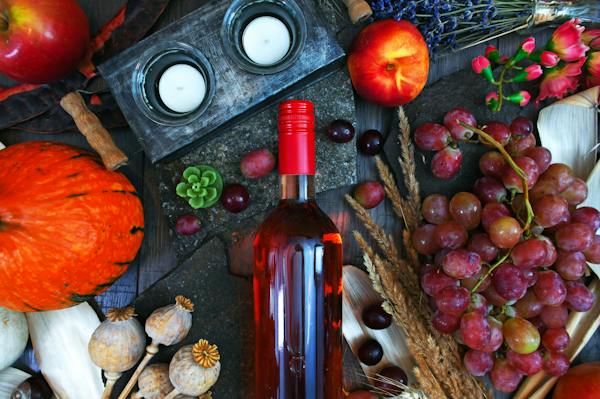
Food and wine, like inseparable siblings, walk hand in hand, seeking a common goal: delighting diners and transforming every meal into a noteworthy gastronomic journey. When it comes to food-wine pairing, commonly referred to as wine pairing, one enters a delicate, almost sacred territory. Broadly speaking, the relationships between food and wine can be narrowed down to two guiding principles: contrast and harmony.
Contrasting pairings seek opposite characteristics in both the wine and the food, creating a delightful play of flavors. Conversely, harmony enhances the similarities between the two, accentuating shared traits and qualities.
In the realm of culinary seduction, understanding these relationships is crucial. A successful pairing not only tantalizes the taste buds but also creates an experience that engages all the senses, inviting diners on an unforgettable exploration of flavors and sensations.
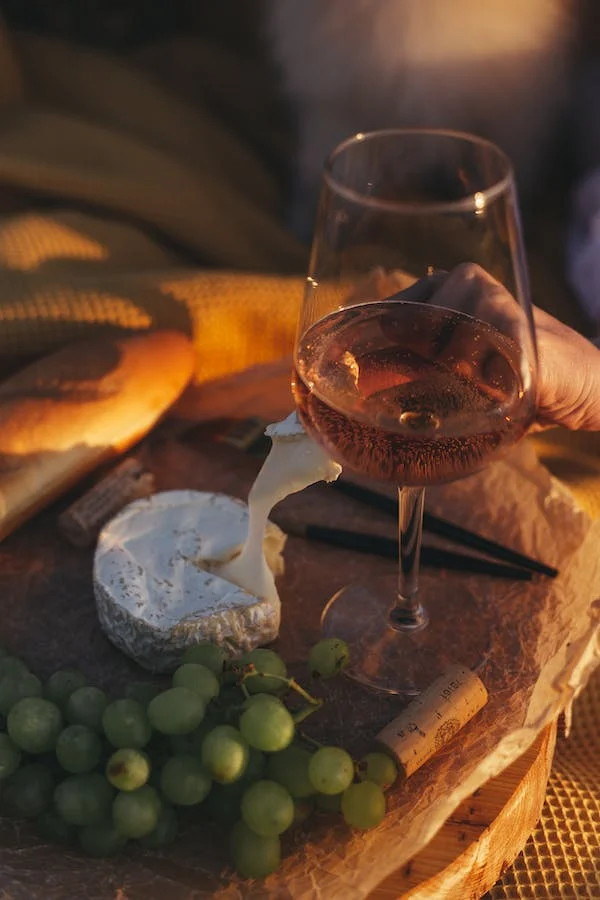
The Intricacy of Contrast and Harmony
Contrast in pairings creates a dynamic experience, where opposing elements in both the food and wine combine to create a symphony of flavors. Imagine the richness of a decadent chocolate dessert heightened by the acidity of a robust red wine or the tanginess of a citrusy dish complemented by a buttery Chardonnay. These pairings engage in a delightful tug-of-war, each enhancing the uniqueness of the other.
Contrasting pairings offer an intriguing path: the courage to juxtapose the sharpness of a dish with the elegance of a wine, generating a play of contrasts that brings out the best in both. The robustness of a red wine could perfectly balance a meat-based dish, while a buttery Chardonnay could splendidly contrast a light fish dish.
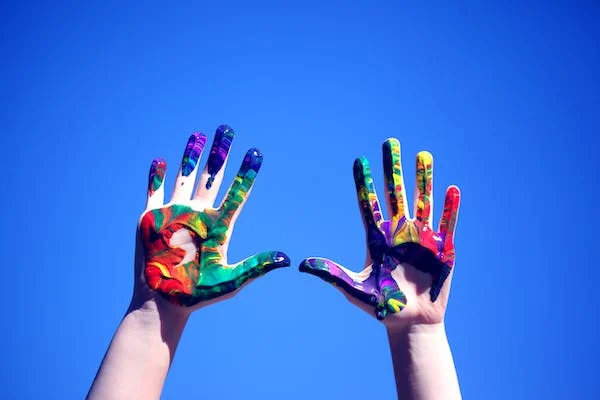
On the other hand, harmony aims to create a homogeneous blend of flavors. In this case, the goal is to find common ground between the food and the wine, marrying shared characteristics to elevate the culinary experience. For example, the delicate flavors of a fish-based dish might harmonize perfectly with an aromatic and sparkling white wine, enhancing the overall pleasure of the meal.
However, harmony encapsulates a different magic. It’s the art of finding a perfect alignment, an intimate dialogue between the characteristics of the food and those of the wine. A fruity rosé wine might magnificently complement a fresh salad, while an aromatic white wine could embrace the delicate flavors of a cheese-based dish.
The Art of Pairing: A Sensory Journey
Mastering the art of food-wine pairing requires a delicate balance of knowledge, intuition, and experimentation. It’s an intricate dance between flavors, textures, aromas, and palates, where each combination tells a unique story.
This journey is not just about taste but the sensory orchestra that unfolds with every bite and sip. It’s the subtle play of acidity, sweetness, bitterness, and umami that creates a tapestry of sensations that caress the senses.
Food, wine, and the subtle game of seduction intertwine in a timeless sensory embrace, where red becomes the guiding thread of a fascinating story. This vibrant hue, loaded with meaning, transforms into an ideal companion in the dance of flavors and aromas.
In the refined world of gastronomy, the art of pairing food and wine is more than just a mere union of flavors. It’s the synergy of two worlds, a meeting between the essence of elaborate dishes and the complexity of oenological notes, all orchestrated in a culinary ballet that engages the senses in a memorable experience.
In this intricate maze of tastes, colors, and sensations, red continues to be the unbreakable thread that binds food, wine, and seduction, weaving together precision, passion, and understanding, transforming each meal into a gustatory poetry destined to be etched in memory. Whether in contrast or in harmony, the interaction reflects a timeless art that continues to fascinate and delight connoisseurs and enthusiasts.
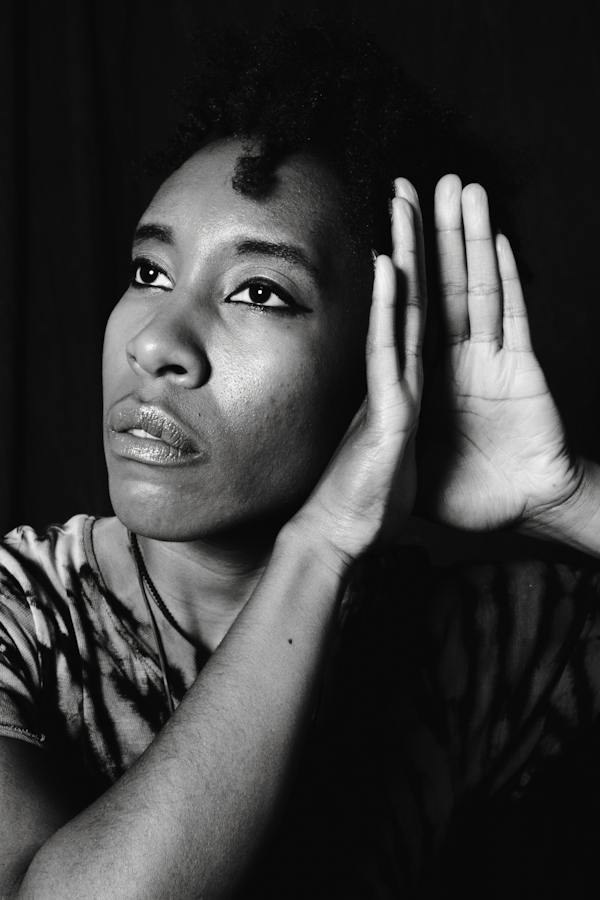
The Seductive Power of Recipes: A Journey through Flavors
Recipes are not just a combination of ingredients but an expression of creativity and culinary passion that can tantalize the senses and captivate the heart. In the vast world of cuisine, there are dishes that go beyond mere taste; they are authentic works of art capable of seducing not only the palate but also the soul.
The Art of Seduction through Flavors
Salmon Carpaccio with Cucumber and Mint Sauce A delicate combination of smoked salmon slices gracefully arranged on a bed of crisp vegetables, seasoned with a refreshing sauce made from cucumbers and mint. This recipe not only delights the palate but also fascinates with its elegant and sophisticated presentation.
Porcini Mushroom and Black Truffle Risotto Creamy risotto, enriched by the depth of porcini mushrooms and the earthy note of black truffle, is a culinary poem that caresses the senses. Its enveloping aroma and comforting texture transform this dish into a culinary seduction.
Dark Chocolate Dessert with Berries The seduction culminates in a sweet and irresistible finale. Dark chocolate, with its intensity and richness, elegantly pairs with the freshness of berries. A combination that evokes emotions and elicits an unforgettable sensory pleasure.
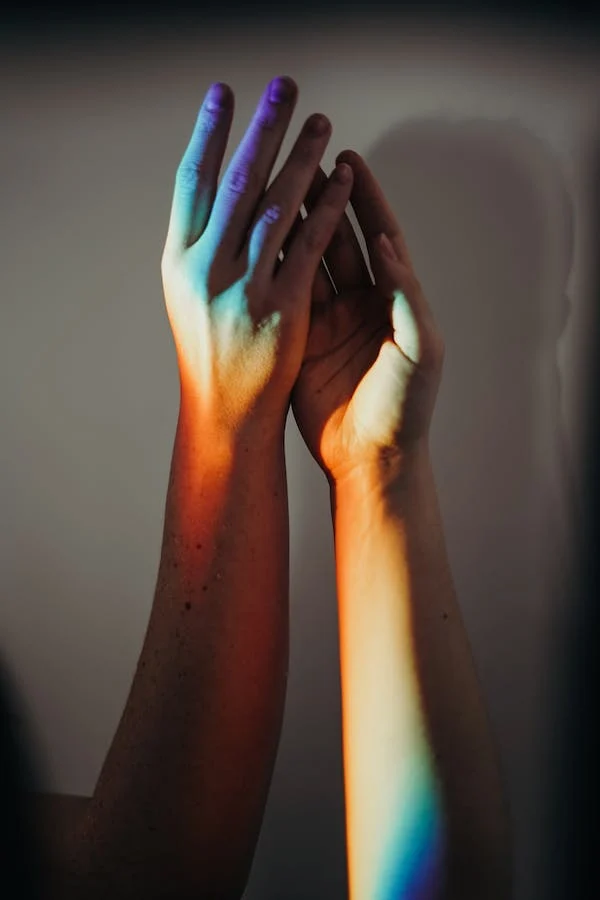
The Enchantment of the Table
It’s not just the taste that plays a role in culinary seduction; presentation and preparation also contribute to the enchanting atmosphere. A carefully set table, the anticipation while preparing a seductive dish, and the aesthetic presentation of each course are vital components of this experience.
The Sensory Experience
Culinary seduction engages all the senses. From the captivating colors of the dishes to the enveloping aroma of spices, from the creamy and smooth textures to the crispy and succulent ones, each element collaborates to create an unforgettable experience.
Ultimately, seductive recipes are not just a way to satiate hunger but an opportunity to immerse oneself in a world of emotions, creating connections through flavors and transforming a meal into a seductive and memorable experience.
Exploring the Art of Seduction: When Food and Wine Enchant the Senses
The relationship between food, wine, and seduction has captivated generations, inspiring authors and enthusiasts to explore the union between these elements. Texts, articles, and books rich in suggestions narrate stories and offer insights into this sensual and engaging synergy.
Intriguing Books.
In approaching this topic, I’ve had the fortune of reading these texts over the years:
• “Like Water for Chocolate” by Laura Esquivel, a novel that tells the story of a woman whose emotional state is reflected in the preparation of dishes, connecting food to her inner world.
• “The Physiology of Taste” by Jean Anthelme Brillat-Savarin, a classic that explores the relationship between food, pleasure, and the senses, offering a rich perspective on gastronomy.
• “The Wine Bible” by Karen MacNeil, an exhaustive guide on wine that not only explores its characteristics but also its seductive union with food.
Captivating Articles.
For further exploration on the discussed theme:
• Magazines and cooking websites often present articles exploring seductive culinary techniques, offering tips and ideas for irresistible dishes.
• Esteemed Enogastronomic publications like “Wine Spectator” or “Decanter” provide insights into food-wine pairing in a seductive manner, with reviews and suggestions.
Incisive Online Resources
Food Blogs, where culinary bloggers share recipes and tips on creating captivating dishes, sometimes suggesting enticing wine-food pairings, as well as Enogastronomic websites, specialized portals in enogastronomy offering guides and advice on how to combine food and wine in a seductive manner, with detailed analyses of successful pairings.
Exquisite Examples
In “Like Water for Chocolate,” food becomes an emotional expression, conveying feelings that seduce and engage the reader. Novels exploring this dimension are often fascinating journeys through the senses.
“The Wine Bible” by MacNeil offers an immersion into the world of wine, highlighting how the nuances of a good wine can amplify the culinary experience, creating an affinity between food and wine that stimulates curiosity and the desire to experiment.
Additionally, articles in enogastronomic magazines such as “Wine Spectator” can provide insights into specific pairings that enhance the flavor of a dish and wine, transforming the culinary experience into a sensual journey.
Online resources, including cooking blogs and enogastronomic websites, offer a practical approach, with suggestions on creating dishes and pairings that engage the senses.
Ultimately, these texts and resources offer a broad perspective on the theme of seduction through food and wine, inviting exploration into a fascinating world where the senses intertwine in a ballet of flavors, aromas, and sensations.
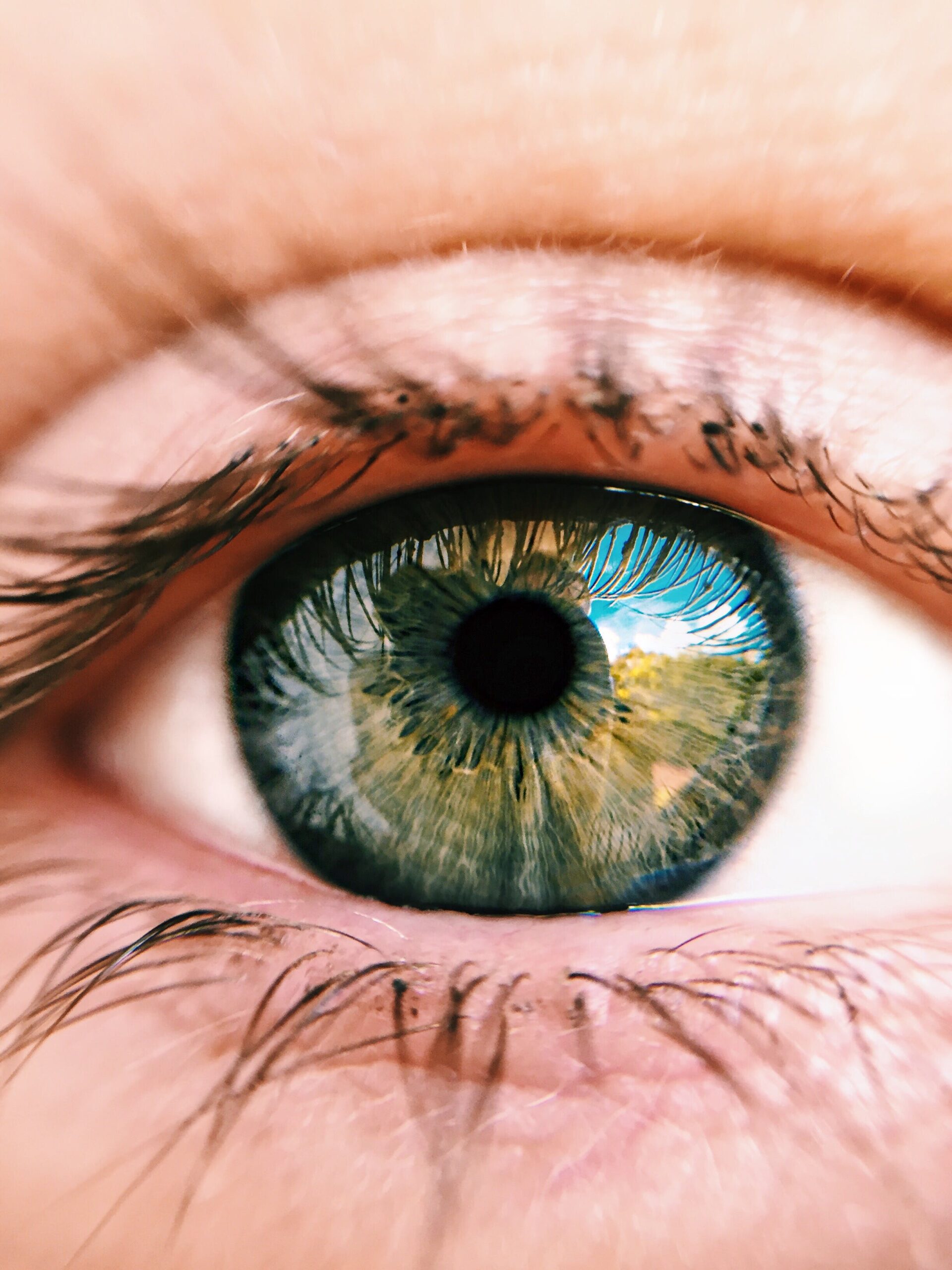
The Sensory Chemistry
It plays a significant role in the context of seduction at the table, influencing our sensory experiences and perception of food and wine. Sensory perception mainly involves the senses of smell, taste, and sight and can have a direct impact on how we relate to food and people during a seductive meal.
Smell and Taste: The Power of Sensations
Smell
Smell is one of the key senses that influence our perception of food and wine. During a seductive encounter at the table, appetizing scents can evoke memories, emotions, and even influence our mood. The sensory chemistry of aromas can be engaging and incite an emotional connection by evoking past memories or creating a romantic atmosphere.
Taste
The variety of flavors and taste combinations during a seductive meal can stimulate the sensory chemistry of taste. Contrasting or harmonious flavors can create engaging sensory experiences. A food-wine pairing or refined dishes can delight the palate and add a level of sensory pleasure that enriches the overall experience.
Impact on Emotional Well-being
Sensory chemistry can also influence our emotional and mental well-being. Pleasant flavors and seductive aromas can trigger the production of endorphins, chemicals linked to pleasure and well-being in the brain. These chemical reactions can contribute to creating a more engaging and satisfying culinary experience, adding to the context of seduction at the table.
Connection with Seduction
In the context of seduction, the sensory experience can be instrumental in igniting an emotional spark between people. Smell and taste are intimately linked to attraction and emotions. A meal with surprising flavors or a wine with a seductive aroma can contribute to creating an intimate and engaging atmosphere, enhancing the connection and complicity between diners.
Ultimately, sensory chemistry during a seductive meal can play a significant role in elevating the sensory experience and contribute to the emotional connection between people, adding an element of seduction and pleasure to the shared moment at the table.
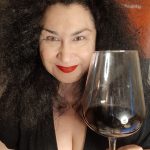
website partners’ article: https://www.foodandwineangels.com/ https://carol-agostini.tumblr.com/ https://www.papillae.it/
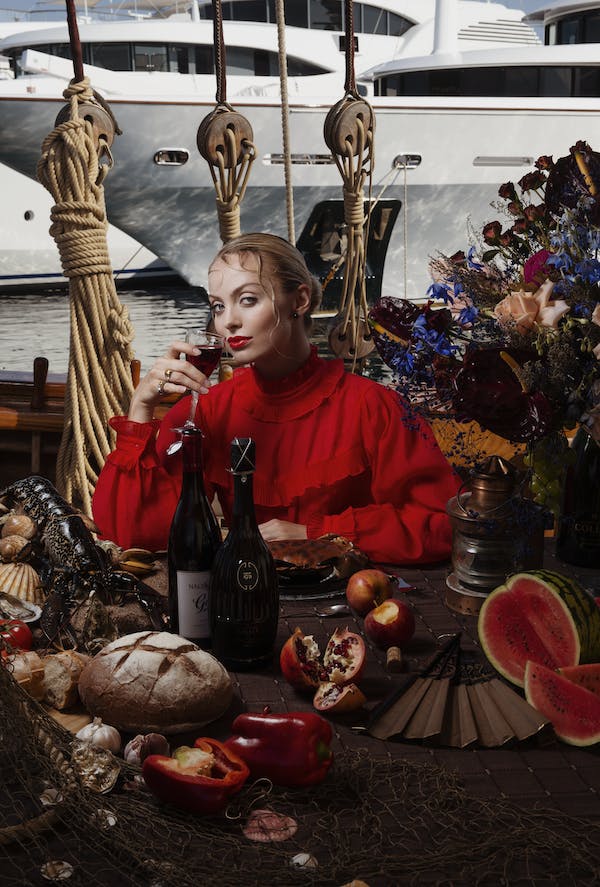
Lascia un commento